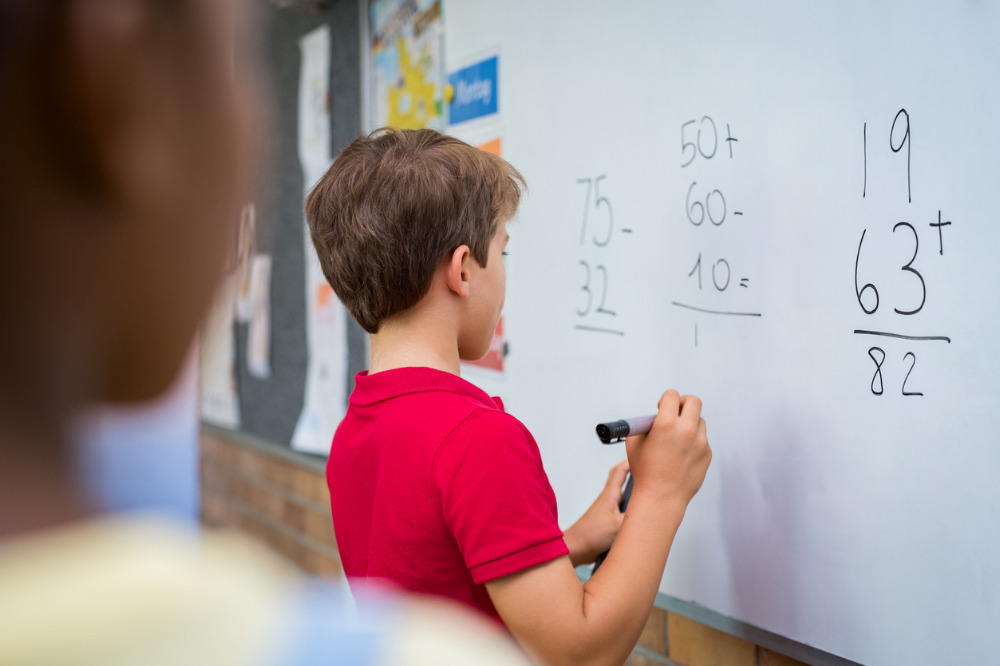
A new analysis has revealed that almost a quarter of Australian Year 8 students were receiving mathematics instruction from teachers who did not have specialist training in maths or maths education – and this has significantly impacted learning outcomes.
According to the latest Trends in International Mathematics and Science Study (TIMSS) released by the Australian Council for Education (ACER), students who were taught by expert teachers performed at a considerably higher level in the TIMMS maths test compared to those with teachers whose background was in another field.
ACER’s data showed that about half, or 46%, of Year 8 students in Australia were taught maths by teachers who majored in the subject, while 23% were taught by non-expert teachers, also called out-of-field teachers.
Sue Thomson, ACER’s deputy chief executive officer of research, admitted that while there is a general shortage of qualified maths teachers, the situation “affects some students more than others.”
In an article published in The Conversation, Thomson noted that disadvantaged students often bore the brunt of maths teacher shortages.
“Socioeconomic status has a large impact on student achievement, and TIMSS also shows more disadvantaged students are being taught by non-expert teachers,” she wrote. “So, there may be a cumulative effect – with both teacher expertise and disadvantage playing a role in results.”
According to Thomson, the principals of the schools who were selected to participate in the study were also asked to report the socioeconomic composition of their schools, indicating how many students came from “economically affluent” families and “economically disadvantaged” homes.
The results showed that 54% of students in more affluent schools received instruction from qualified maths teachers, with only 16% taught by out-of-field teachers.
Contrastingly, out-of-field teachers taught 28% of students in more disadvantaged schools, compared to 31% of more qualified maths teachers.
The latest TIMMS showed that the average maths score for more affluent schools was 558 points, while more disadvantaged schools scored an average of 474.
“A proportion of the achievement gap between students taught by out-of-field teachers and those taught by more qualified maths teachers must therefore be related to disadvantage,” Thomson wrote. “Many students in disadvantaged secondary schools also would have attended disadvantaged primary schools, so may have had many years of more poorly resourced teaching.”
Support for out-of-field teachers
Thomson’s analysis showed that Australia may struggle to train enough new maths teachers in the short to medium term. She added that because of this, “other alternatives” were needed.
“One of these is to support out-of-field teachers by providing targeted forms of professional development,” Thomson wrote. “To do this requires an understanding of where weaknesses lie.”
“Some teachers might have the maths skills required but not enough understanding of maths teaching methods and practices. Other teachers might have the pedagogical background but weaker maths skills. Each group requires different professional development opportunities.”
Thomson added how federal government initiatives such as the $9.5m investment in high-quality mathematics and numeracy professional learning and resources was an important step in supporting out-of-field and in-field maths teachers alike to improve mathematics education. She noted, however, that for the program to be effective, implementation must target the right teachers.


